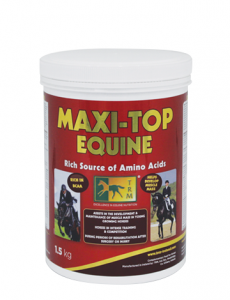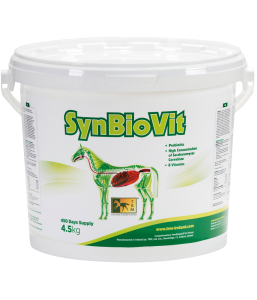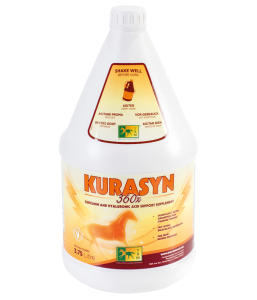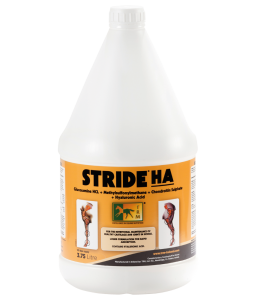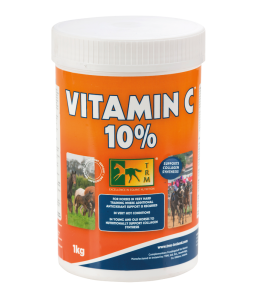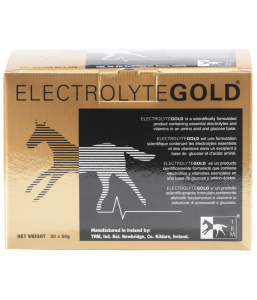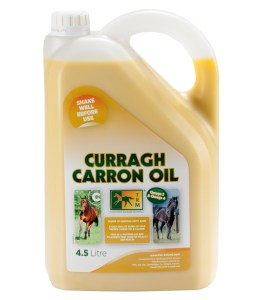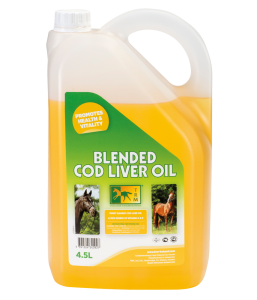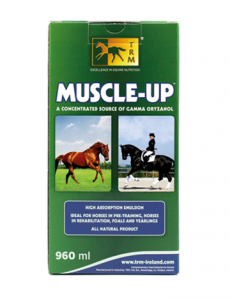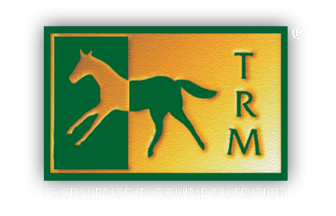Is age just a number?
They say you can’t beat experience….. so why do we shy away from older horses when they have so much to offer both the professional and amateur rider? Today, like humans’, horses are not only living longer but also competing later into life due to our better management of the ‘aged’ horse’s nutritional and training requirements.
This fact was evident in the London Olympics of 2012 where some 23-24% of the elite equine athletes were over 15 years of age and the oldest being 20 years of age. In lower level competition globally, it is quiet the norm for horses in their late teens and early twenties to be active and preforming to their best potential.
So how can we keep our older horses in top condition for as long as possible?

Dental Care:
As horses age, they gradually wear down the grinding surfaces of the teeth–and while the teeth continue to grow throughout their life, often the wear and tear outstrips the replacement rate. In addition, incisors become more sloping over the years, and as they verge on the horizontal, they become far less efficient at biting down and tearing fibrous foodstuffs.

Forage and other fibre sources should form the foundation of any diet for the older horse. These fibre sources provide a lot of energy and are vitally important for maintaining the health of the large intestine. A good alternative, particularly for horses in moderate work and need less lignified forage due to compromised dentation, is beet pulp–this highly digestible fibre which also provides a source of energy.
Although the older horses’ s teeth should be rasped sparingly (if at all) it is important to get your dentist to check their teeth, gums and mouth annually at the very least. Watch out for signs of quidding in older horses, at this stage forage alternatives might need to be looked at such as chopped hay, hay cubes or pellets.
Digestive Efficiency:
Although you would imagine that an aged horse has a slower metabolism, which would mean few calories are required the overall reduced digestive efficiency actually counter acts the slowed down metabolism.
Studies have demonstrated that the geriatric horse (usually defined as 20 years or older) suffers from decreased digestive efficiency–the gastrointestinal tract becomes less able to process and extract the nutrients from feed, so many essential dietary ingredients fail to be absorbed and instead pass through the body untouched.

Research on horses indicates that the absorption of protein and phosphorus is compromised in older horses, and that as a result, the requirement for both these minerals is increased as a horse gets older. Calcium absorption does not appear to be affected, but if you increase the amount of phosphorus in the diet, it’s a good idea to increase the amount of calcium in order to maintain that all-important calcium: phosphorus ratio.
Additional Vitamin and Mineral requirements:
With the compromised digestive efficiency mentioned above the hind gut of older horses suffer from an imbalance and reduction in gut micro flora and they will struggle to synthesis their own B Vitamin requirements. Therefore, the introduction of B vitamins and indeed live yeast in the form of Saccromysis cervesis will benefit aging horses. The ability to absorb certain vitamins also seems to decrease as horses age and particular attention must be given to vitamin C (ascorbic acid), which is important for the horse’s immune function. A healthy horse manufactures sufficient quantities of his own vitamin C, but many older horses which suffer from pituitary dysfunction (a common result of the aging process) make them vulnerable to viral infections.
Dietary changes for older horses displaying kidney problems would be a decrease in calcium intake; therefore, alfalfa should be avoided.

Older horses also display an increased heart rate and associated increase in sweat production compared to younger whilst exercising and should therefore receive increased electrolyte supplementation compared to younger horses during periods of work.
Energy and Protein requirements:
It would be advisable to avoid straights or whole unprocessed grains as again due to the reduced digestive efficiency spoken about earlier, they will be hard for the aged animal to process.
Commercial pelleted feeds are made with finely ground grains, that are exposed to heat, which makes some nutrients more available and easier to absorb. These can also be soaked to form a mash so even toothless horses can consume the resulting mush! In fact, soaking feed and hay in warm water in the winter months will assist in maintaining internal temperature in cold weather. Old horse (20+) thermoregulate poorly and will therefore need more food energy than the recommended NRC recommendation.

Look for a feed that provides about 12-14% crude protein (a little higher than the level recommended for younger). Protein sources need to be of high quality, plant based, easily digestible and provide a full assay of amino acids with particular focus on BCAA to maintain muscle tone. With that said the diets of horses with liver failure should be low in protein and should not contain added fat.
With grains proving difficult to digest quality oils are an excellent addition to the older horse’s diet being calory dense and once liver function is good easily digested. Liver function should be assessed before initiating a high fat diet.
Chondroprotective agents or joint supplements:
One of the early tell tail signs of aging for horses is joint stiffness, like any of us your aged horse might not be loose and free first thing in the morning. It is important to recognise this early and provide him with the nutrients necessary to maintain joint integrity for as long as possible and minimise any discomfort.
A normal cartilage is essential to maintain a joint’s durability, strength and flexibility. Cartilage is dynamic and in normal circumstances is slowly but simultaneously broken down and renewed. The building blocks for cartilage growth are essential to maintain normal turnover. Some supplements contain nutrients involved in the maintenance of healthy cartilage, and also serve to counteract the destructive inflammatory processes involved in joint disease. Providing an adequate supply of nutrients to cartilage cells to enable maintenance of the integrity of cartilage is vital. Chondroprotective nutrients including Glucosamine, Chondroitin Sulphate, Methylsulphonylmethane (MSM) and Hyaluronic Acid may help to sustain cartilage turnover.

No discussion on aged horses would be complete without some mention of Pituitary pars intermedia dysfunction (PPID) commonly referred to as Cushing’s. This is a common endocrine disorder caused by the loss of dopamine inhibition on the pituitary gland following the development of a tumour on the pituitary. This condition is rarely seen in horses less than 15 years old and is most common in horses 20 years and older. Development of insulin resistance is also common in aging horses leading to equine metabolic syndrome, laminitis and obesity.
Conclusion:
Whether they are high performing or retired, older horses have strong emotional ties with their owners who will take the extra steps required to maintain them in good health and comfort. Simple changes in exercise, environment and dietary management can ensure that your horses’ years of service and loyalty is repaid in their golden years.

Related TRM Products:
- MAXI-TOP EQUINE
- SYNBIOVIT
- KURASYN 360X
- STRIDE HA
- VITAMIN C 10%
- ELECTROLYTE GOLD
- CURRAGH CARRON OIL
- BLENDED COD LIVER OIL
- MUSCLE-UP
